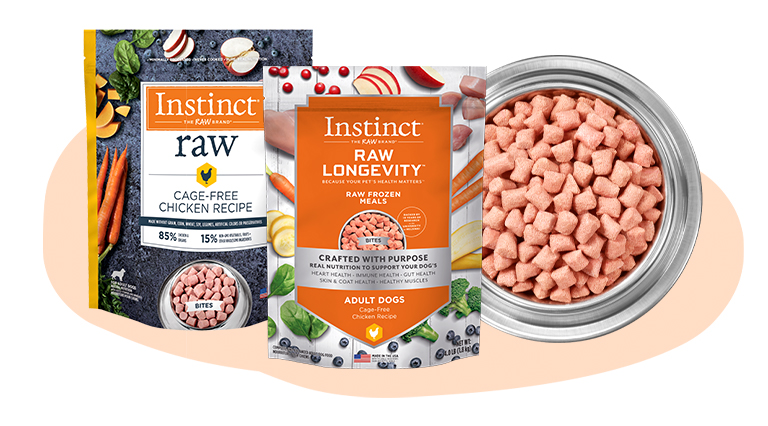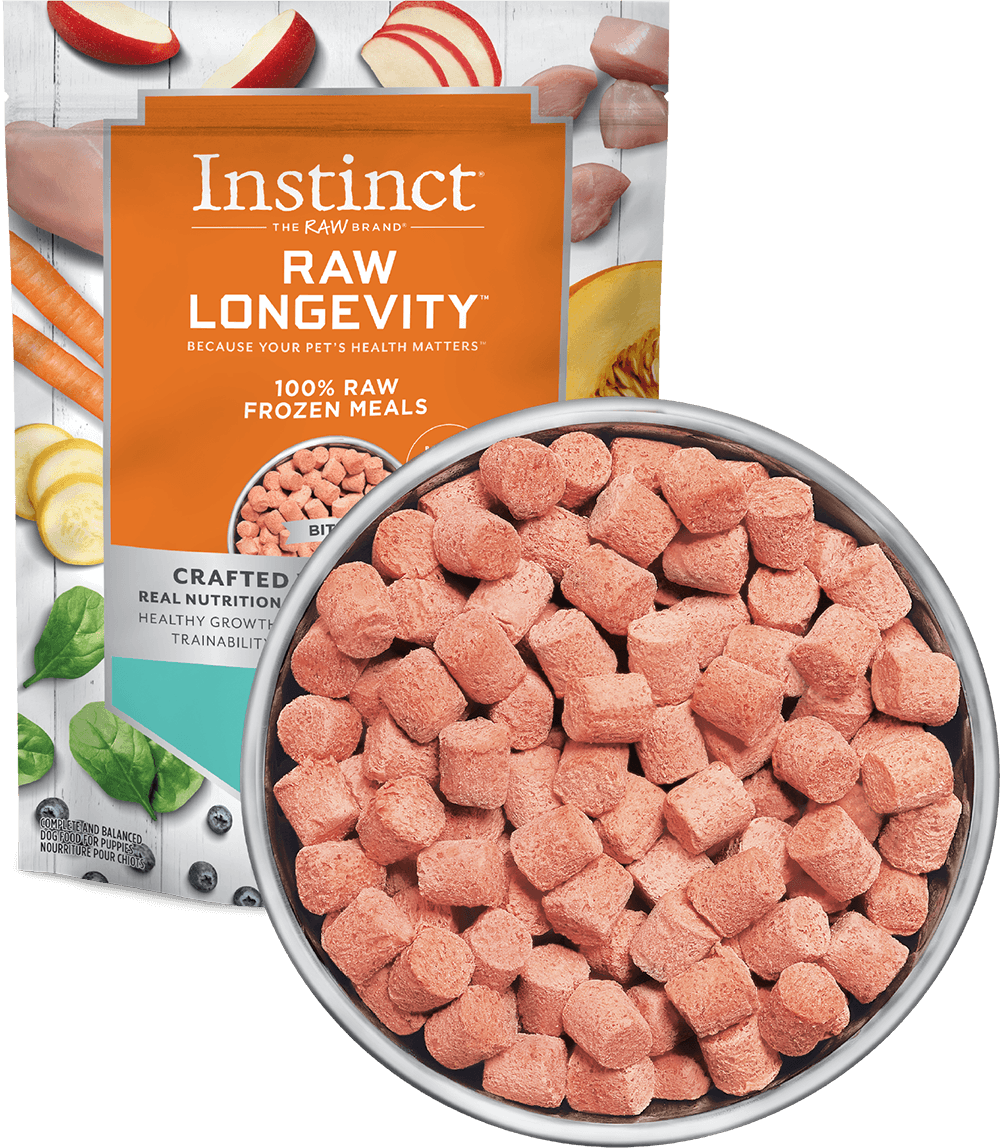
Unleash Your Pet’s Vitality: The Ultimate Guide to Frozen Raw Meals for Cats and Dogs
Introduction
As pet owners, we all want the best for our furry companions. We strive to provide them with love, comfort, and, most importantly, a diet that supports their health and well-being. In recent years, the concept of feeding our pets a raw food diet has gained significant traction. Among the various options available, frozen raw meals stand out as a convenient, safe, and nutritious choice. This comprehensive guide will delve into the world of frozen raw meals for cats and dogs, exploring their benefits, addressing common concerns, and providing practical tips for a successful transition.
H1: The Raw Revolution: Why Frozen Raw Meals Are Gaining Popularity
The raw food diet, also known as the Biologically Appropriate Raw Food (BARF) diet, mimics the natural diet of wild canines and felines. It consists primarily of uncooked meat, bones, organs, and a small amount of fruits and vegetables. Frozen raw meals take this concept and package it into a convenient, ready-to-serve format.
H2: The Benefits of Frozen Raw Meals
- Improved Digestion: Raw food is easier for pets to digest because it contains natural enzymes that aid in the breakdown of nutrients. This can lead to fewer digestive issues like vomiting, diarrhea, and gas.
- Enhanced Nutrient Absorption: The nutrients in raw food are more bioavailable, meaning the body can absorb and utilize them more efficiently. This can result in improved overall health and vitality.
- Shinier Coat and Healthier Skin: Raw food contains essential fatty acids that promote a healthy coat and skin, reducing dryness, itching, and allergies.
- Increased Energy Levels: Pets on a raw food diet often exhibit higher energy levels due to the readily available nutrients and improved digestion.
- Stronger Immune System: The abundance of vitamins, minerals, and antioxidants in raw food can strengthen the immune system, making pets more resistant to illness.
- Better Dental Health: Chewing on raw bones helps to clean teeth and prevent the buildup of plaque and tartar, leading to better dental health and fresher breath.
- Weight Management: Raw food is naturally lower in carbohydrates and higher in protein, which can help pets maintain a healthy weight and build lean muscle mass.
- Reduced Stool Volume and Odor: Because raw food is more digestible, pets produce less waste, and the stool is often firmer and less odorous.
H2: Understanding the Composition of Frozen Raw Meals
A well-balanced frozen raw meal should consist of the following components:
- Muscle Meat (70-80%): This provides essential protein and amino acids.
- Raw Bone (10%): Provides calcium and phosphorus for strong bones and teeth. It is important that it is raw bone, as cooked bone can splinter and be dangerous.
- Organs (10%): Liver, kidney, heart, and other organs are rich in vitamins, minerals, and enzymes.
- Fruits and Vegetables (5-10%): Provide fiber, vitamins, and antioxidants.
H2: Choosing the Right Frozen Raw Meal
- Quality Ingredients: Look for meals made with high-quality, human-grade ingredients from trusted sources.
- Complete and Balanced: Ensure the meal is formulated to meet the nutritional needs of your pet’s life stage (puppy, adult, senior) and activity level.
- Variety: Rotate between different protein sources (chicken, beef, lamb, fish) to provide a wider range of nutrients and prevent sensitivities.
- Reputable Brands: Research and choose brands that have a good reputation and follow strict safety standards.
- Consult Your Veterinarian: Talk to your veterinarian before switching to a raw food diet, especially if your pet has any underlying health conditions.
H2: Transitioning to Frozen Raw Meals
Transitioning your pet to a raw food diet should be done gradually to avoid digestive upset.
- Start Slow: Begin by replacing 10-20% of your pet’s current food with the frozen raw meal.
- Gradually Increase: Over the next 7-10 days, gradually increase the amount of raw food while decreasing the amount of the old food.
- Monitor Your Pet: Watch for any signs of digestive upset, such as vomiting, diarrhea, or loss of appetite. If these occur, slow down the transition.
- Add Digestive Aids: Consider adding a probiotic or digestive enzyme supplement to help your pet adjust to the new diet.
H3: A Sample Transition Schedule (7 Days)
- Day 1-2: 20% Raw, 80% Old Food
- Day 3-4: 40% Raw, 60% Old Food
- Day 5-6: 60% Raw, 40% Old Food
- Day 7: 80% Raw, 20% Old Food (You can then transition to 100% raw)
H2: Safety Considerations
- Handling Raw Food: Treat raw food as you would raw meat for human consumption. Wash your hands thoroughly after handling, and clean all surfaces that come into contact with the food.
- Storage: Store frozen raw meals in the freezer until ready to use. Thaw in the refrigerator, and use within 24-48 hours.
- Serving: Serve raw food in a clean bowl, and discard any uneaten food after 20-30 minutes to prevent bacterial growth.
- Bone Safety: Always supervise your pet when they are eating raw bones. Never give cooked bones, as they can splinter and be dangerous.
H2: Addressing Common Concerns
- Bacterial Contamination: Frozen raw meals are often processed using techniques to reduce bacterial contamination. However, it is still important to handle the food safely and follow proper hygiene practices.
- Nutritional Imbalance: Choosing a complete and balanced frozen raw meal from a reputable brand can help ensure your pet is getting all the nutrients they need.
- Cost: Raw food can be more expensive than traditional kibble. However, many pet owners find that the health benefits outweigh the cost.
H2: Frequently Asked Questions (FAQs)
- Is raw food safe for puppies and kittens? Yes, but it’s crucial to choose a formula specifically designed for their life stage. Consult with your vet.
- Can I mix raw food with kibble? It’s generally not recommended, as they digest at different rates and can cause digestive upset.
- How much raw food should I feed my pet? This depends on their weight, age, activity level, and metabolism. Follow the feeding guidelines on the product label, and adjust as needed.
- What if my pet refuses to eat raw food? Try mixing a small amount of raw food with their favorite wet food, or gently warm the raw food to enhance its aroma.
Conclusion
Frozen raw meals offer a convenient and nutritious way to provide your cat or dog with a diet that aligns with their natural instincts. By understanding the benefits, choosing high-quality products, transitioning gradually, and following safety guidelines, you can unlock your pet’s vitality and help them thrive. Always consult with your veterinarian to ensure that a raw food diet is appropriate for your individual pet’s needs.

